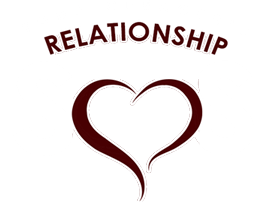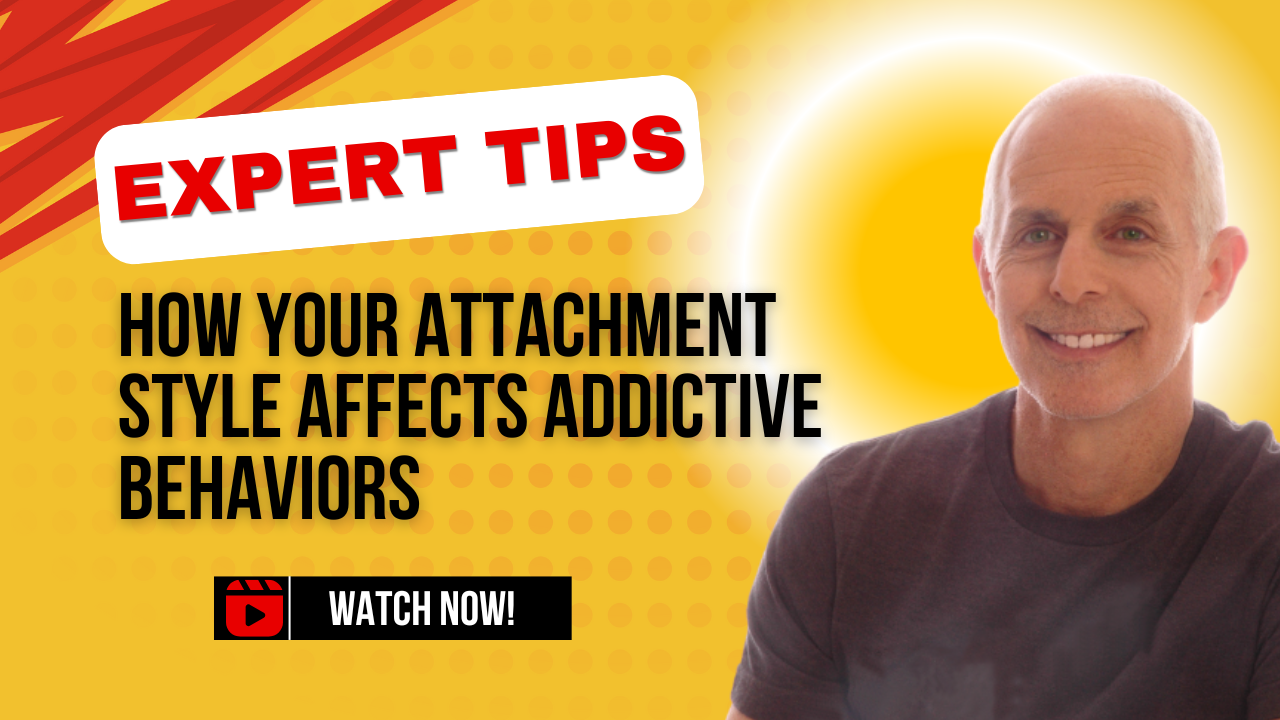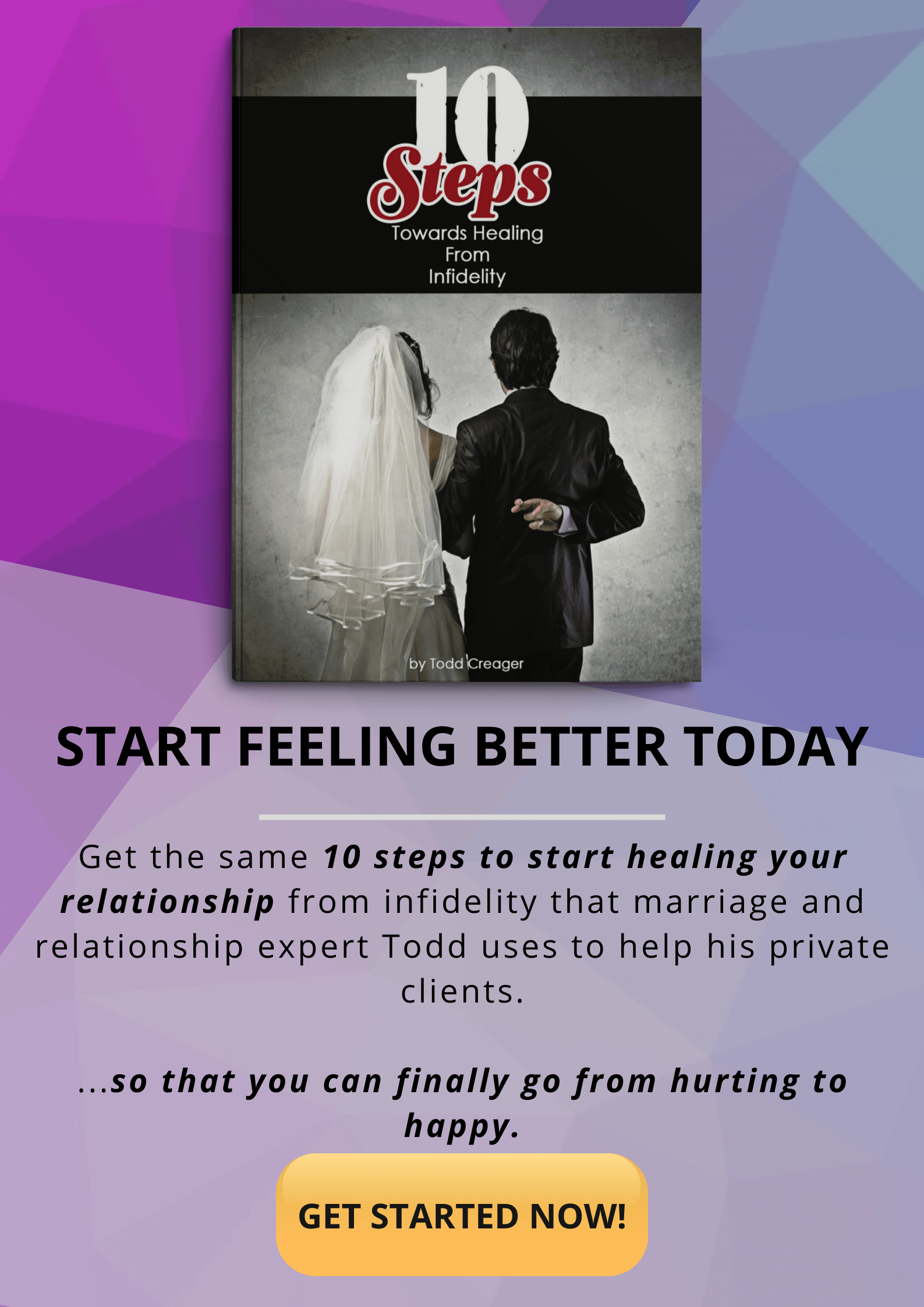How Your Childhood Attachment Style Shapes Your Addiction Patterns (And What You Can Do About It)
Have you ever wondered why some people turn to alcohol when they’re stressed while others might compulsively shop, gamble, or lose themselves in work?
What if I told you that the answer might be hidden in your earliest relationships – the way you learned to connect with your parents or caregivers when you were just a child?
In my practice, I see this fascinating pattern emerge again and again. The same attachment style that determines how you handle intimacy, conflict, and emotional regulation also shapes the specific types of addictive behaviors you’re drawn to. It’s like your childhood attachment created a blueprint that’s been quietly influencing your coping mechanisms your entire adult life.
In my years working with individuals and couples dealing with trauma and addiction, I’ve discovered that understanding your attachment style isn’t just helpful – it’s absolutely essential for lasting recovery. Because here’s the thing: we can’t simply remove an addiction without addressing the underlying attachment wounds that created it in the first place.
What Are Attachment Styles and Why Do They Matter?
Let me break this down in a way that makes sense. Attachment style is basically how you learned to connect with your parents or caregivers when you were young. And this early blueprint? It shapes everything about how you handle relationships, stress, and yes – addiction – for the rest of your life.
Secure Attachment: The Gold Standard
If you had what we call a secure attachment, it means your parents tuned into you more often than not. You felt understood, you felt “gotten.” When you have that foundation, you develop something incredibly valuable – the ability to self-soothe and calm yourself down without being overly dependent on others to regulate your emotions.
People with secure attachment have the lowest risk for addiction because they’ve learned healthy ways to manage stress and pain. They can allow others to support them when needed, but they don’t desperately depend on external sources to feel okay.
Anxious Attachment: The Constant Need for Reassurance
With anxious attachment, you grew up with inconsistent caregiving. Your parents weren’t just having a bad day here and there – there were significant periods where they couldn’t tune into your needs.
If this is your pattern, you likely struggle with being overly dependent on others to regulate your emotions. You can’t tolerate much distance in relationships, and you’re constantly seeking reassurance that you’re safe and loved.
Avoidant Attachment: The Emotional Wall-Builder
The avoidant attachment style develops when you learned early on that turning to others for emotional support just isn’t rewarding.
Maybe you tried reaching out to a parent, but they consistently weren’t able to be there for you emotionally.
So you learned to solve your emotional problems on your own. You built walls. You became the person who handles everything internally and has a really hard time letting others support you or regulate your emotions.
The Attachment-Addiction Connection: What I See in My Practice
Here’s where it gets really interesting – and this is crucial for anyone struggling with addictive behaviors to understand.
For those with anxious attachment: You might gravitate toward what I call “calming” addictions. Food, alcohol, marijuana – substances or behaviors that temporarily soothe that constant anxiety about whether you’re safe, whether people will leave you, whether you’re truly loved.
For those with avoidant attachment: I see this pattern more often in my practice. You might choose “energizing” addictions like gambling, cocaine, or other stimulating behaviors.
Why?
Because when you’ve walled yourself off emotionally, these substances or activities help you feel more alive, more connected to life itself.
Think of it like this: if you have an avoidant attachment style and you don’t really allow yourself to get emotionally nourished from your partner or other close relationships, you might settle for what I call “fast food” instead of “healthy food.” The addiction fills you up temporarily, but it’s not the real nourishment your soul is craving.
A Real Story of Healing: From Compulsive Behavior to Genuine Connection
Let me share a story that illustrates this beautifully. I worked with a client who had a classic avoidant attachment pattern.
He struggled with compulsive behaviors that were really just attempts to feel something, to break through that emotional numbness he’d carried since childhood.
But here’s what changed everything: instead of just trying to stop the compulsive behavior, we focused on finding healthier ways for him to regulate his emotions and feel truly alive.
He started playing guitar – something that allowed him to express emotions he’d kept locked away for years. He took comedy classes, which helped him connect with others in a way that felt safe but genuine.
The compulsive behaviors? They naturally faded as he developed these new, healthier ways of feeling connected and emotionally regulated.
The Path Forward: Healing Attachment Wounds to Break Addiction Cycles
If you’re reading this and recognizing yourself in these patterns, I want you to know something important: you can change your attachment style.
It’s what I call developing an “earned secure” attachment, and I’ve helped thousands of people do exactly that.
The key is understanding that your addiction isn’t the real problem – it’s a symptom of unhealed attachment wounds.
When we address those underlying patterns of how you learned to connect (or disconnect) from others, when we develop your capacity to both self-regulate AND allow others to support you, that’s when real healing happens.
This isn’t just about recovery from addiction.
This is about creating the kind of deep, authentic relationships you’ve always craved but maybe never thought were possible.
Ready to Understand Your Own Attachment Style?
I created a detailed video exploring exactly how attachment styles influence addiction patterns, with more real-world examples and practical tools for healing.
If you want to understand your own patterns and learn specific strategies for developing healthier ways of connecting and coping, I encourage you to watch it.
Because here’s what I know after years of helping people heal: awareness is always the first step.
Once you understand your attachment style and how it’s influenced your relationship with addictive behaviors, you can begin the journey toward the kind of authentic, secure connections that make addiction unnecessary.
Watch the full video below to dive deeper into your attachment style and its connection to addiction patterns.
Your path to healing – both from addiction and toward genuine connection – starts with understanding these fundamental patterns.
Remember, you’re not broken. You’re not fundamentally flawed. You’re someone who learned specific ways of coping and connecting based on your early experiences.
And just like you learned those patterns, you can learn new, healthier ones.
That’s what real recovery looks like – not just stopping a behavior, but healing the attachment wounds that created the need for that behavior in the first place.
Todd Creager is a licensed marriage and family therapist specializing in attachment styles, trauma recovery, and addiction healing. He helps individuals and couples develop secure, authentic relationships that support lasting recovery and deep connection.










Reader Interactions